IAQ IQ: Spring, 2018
©2018 Jeffrey C. May
Mold-testing results aren’t necessarily reliable. Let me give you some examples.
- A Seller hired an environmental-testing company to do a visual inspection of mold growth on attic sheathing. A professional mold remediation followed, including cleaning and sealing surfaces. The testing done after the remediation was completed indicated that the mold problem had been resolved. A few weeks later, a prospective buyer asked me to take a look. I found mold growth in the two attic air handlers and in the attic insulation, which had not been removed during the remediation.
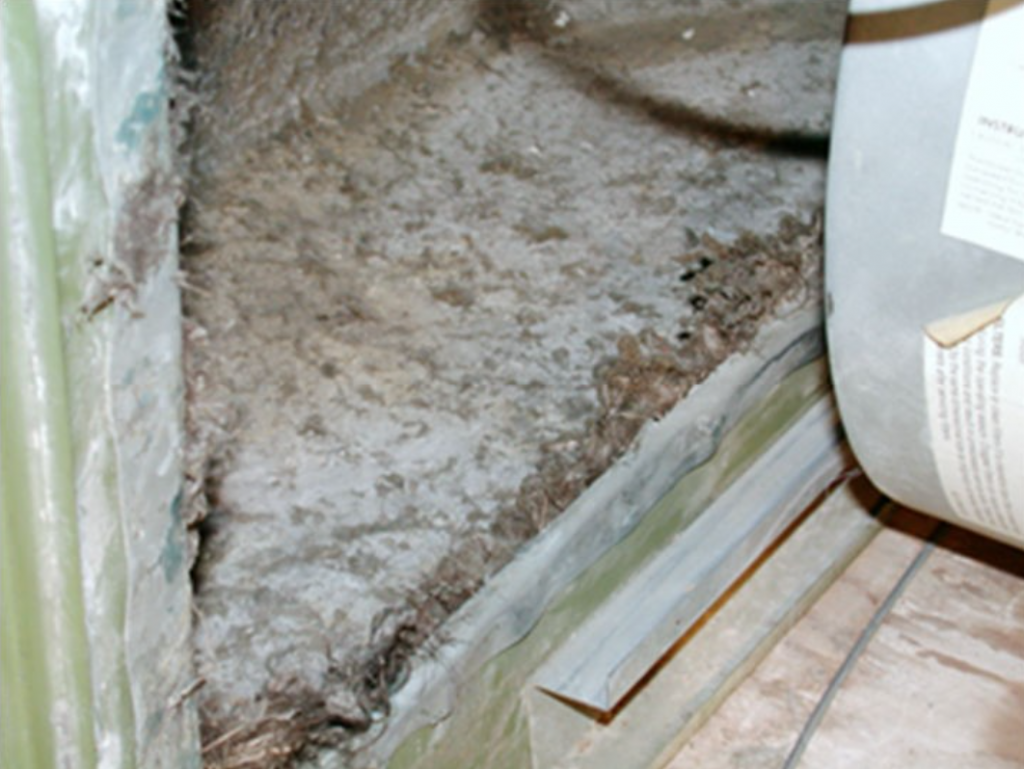
- In another real estate transaction, a mold remediation had been done in the basement, and post-remediation verification testing (PRV) gave the space a “pass.” Two months later, I went to the site and found mold on basement joists, on the bottom of a set of shelves, in fallen fiberglass insulation, and on drywall in the finished basement playroom. Some of this mold was Aspergillus mold; spores from species of this genus are easily aerosolized and can be quite allergenic.

- And in a third example, I inspected a house that had a history of serious mold problems, but that had been extensively remediated and renovated prior to its being put on the market. The Seller confirmed that any mold problems had been taken care of; nonetheless, I found moldy dust on the baseboard heating convectors, which had never been cleaned. Whenever the heat was on, occupants were exposed to the dust.

What can you do as a home inspector?
If your Client has mold concerns, encourage him or her to have a further inspection and more sampling done, rather than depend on reassuring results from a previous mold test. You never know about the experience of the person who did the inspection and sampling, or about the conditions under which the samples were taken. And you also cannot be sure that the lab technician who examined the sample or samples was experienced.
Don’t depend on old testing results, either. Indoor environmental conditions can change within as short a time as a few days to a few weeks, depending on the indoor conditions, so there’s a good chance that testing done months earlier probably doesn’t capture current conditions.
Some areas of potential concern that you could point out to Clients with allergies, asthma or other environmental sensitivities include:
- Dusty baseboard heating convectors (use a flashlight and mirror to inspect the bottom of the fin tubing). The dust can contain not only mold growth, but pet, mite and other allergens as well.
Pet-dander particles remain at a site long after the animal has left the premises.
- Dusty radiators (allergens in the dust).
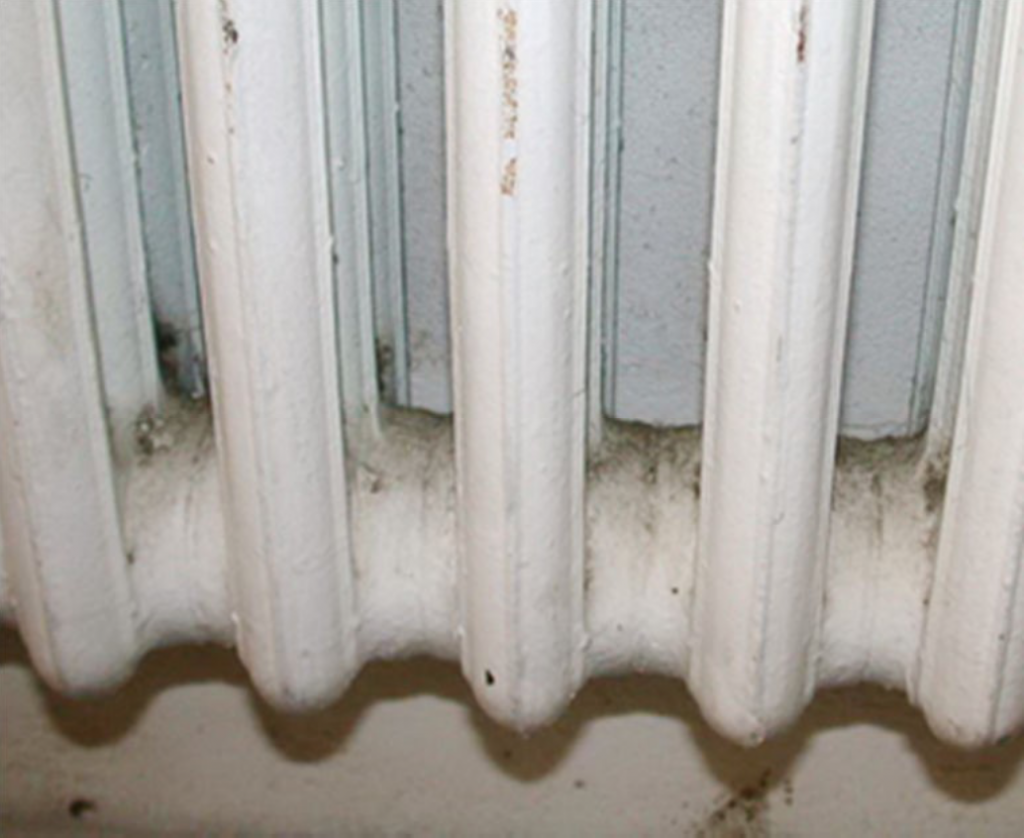
- Basement air handlers. I hope you open the blower cabinet for inspection; any air handler with dusty, exposed fibrous lining material is suspect. In my experience, basement air handlers are apt to be more mold-contaminated than attic air handlers are, due to elevated relative humidity conditions below-grade.
- Carpeting below-grade. Since in many of the properties I inspect, the relative
humidity has not been adequately controlled below grade, mold is present on surfaces as well as in carpeting, where it flourishes on captured dust.
- Moldy stored goods in basements. If any stored goods in a basement have visible mold growth, there is a good chance that basement surfaces are also mold contaminated.
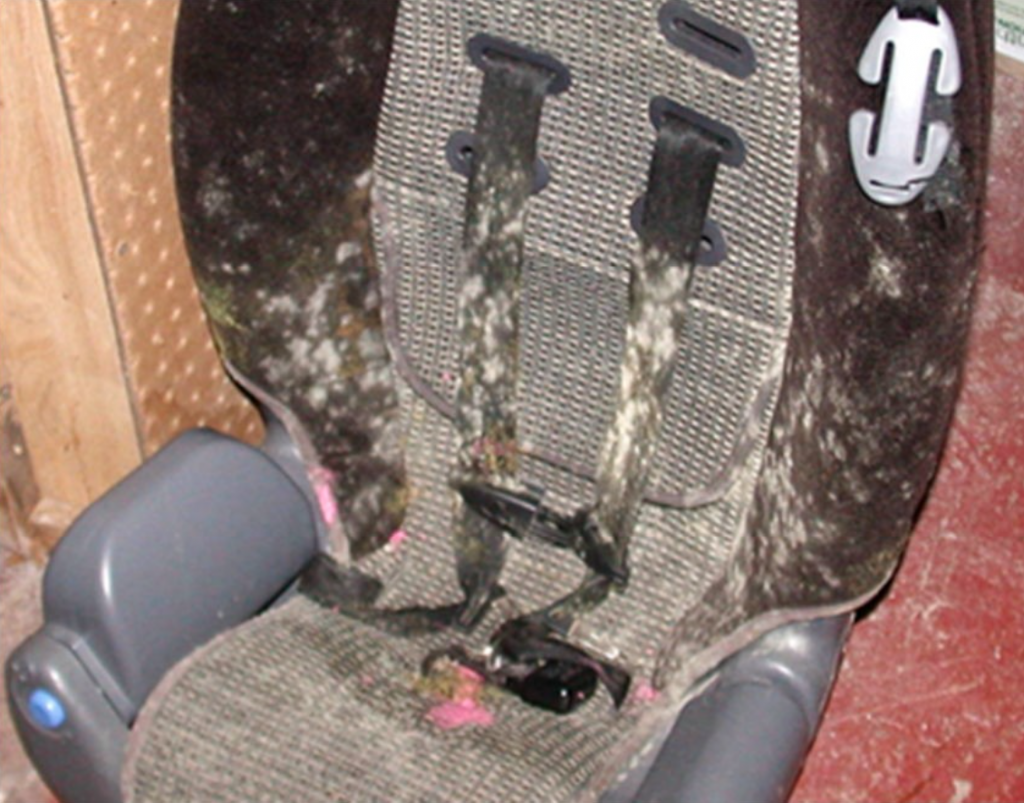
- Refrigerator drip-trays can contain microbial growth (bacteria, yeast and mold). If the Seller is planning to leave the refrigerator behind, your Client should have the appliance inspected and cleaned as needed, including the drip tray.
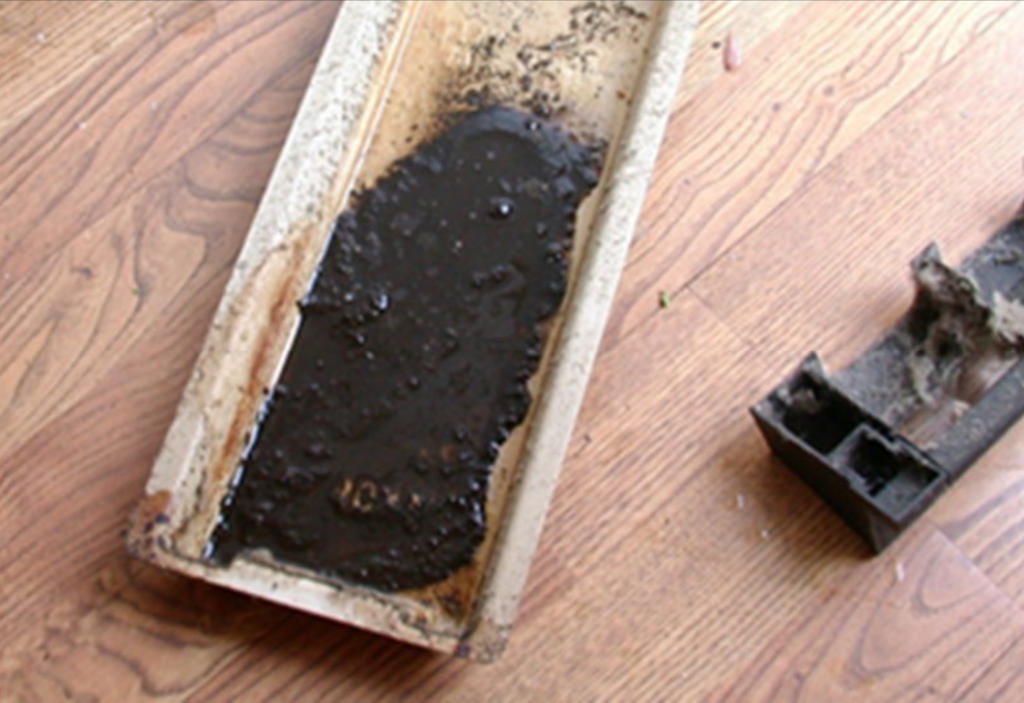
- ERVs and HRVs rarely have adequate filtration and are not cleaned as needed, so almost always contain mold growth.
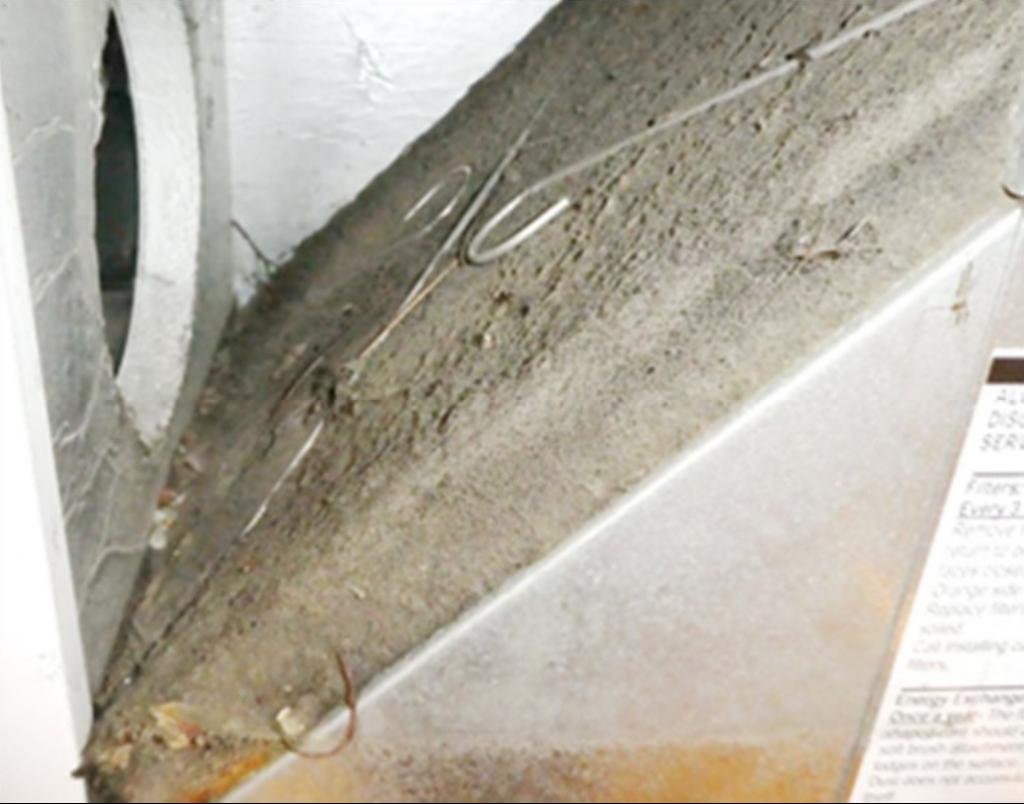
- A crawl space that is open to the exterior (and thus to humid air), and/or one that has a dirt “floor.”
- A dryer or central vacuum system that vents into a basement or crawl space.
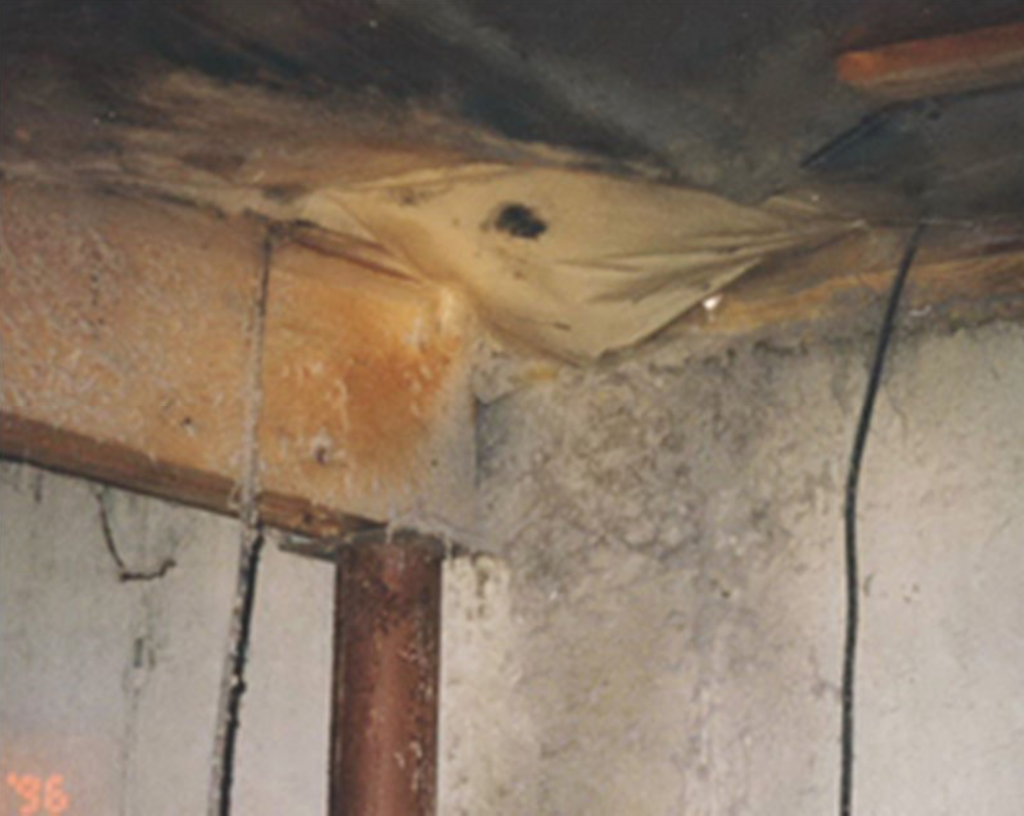
- Any exposed fiberglass insulation in a crawl space or basement that is shredded (mice) or that is discolored in any way. Even insulation that looks new can contain mold growth if the relative humidity has not been controlled below-grade (mold grows on dust captured in the fiberglass fibers).
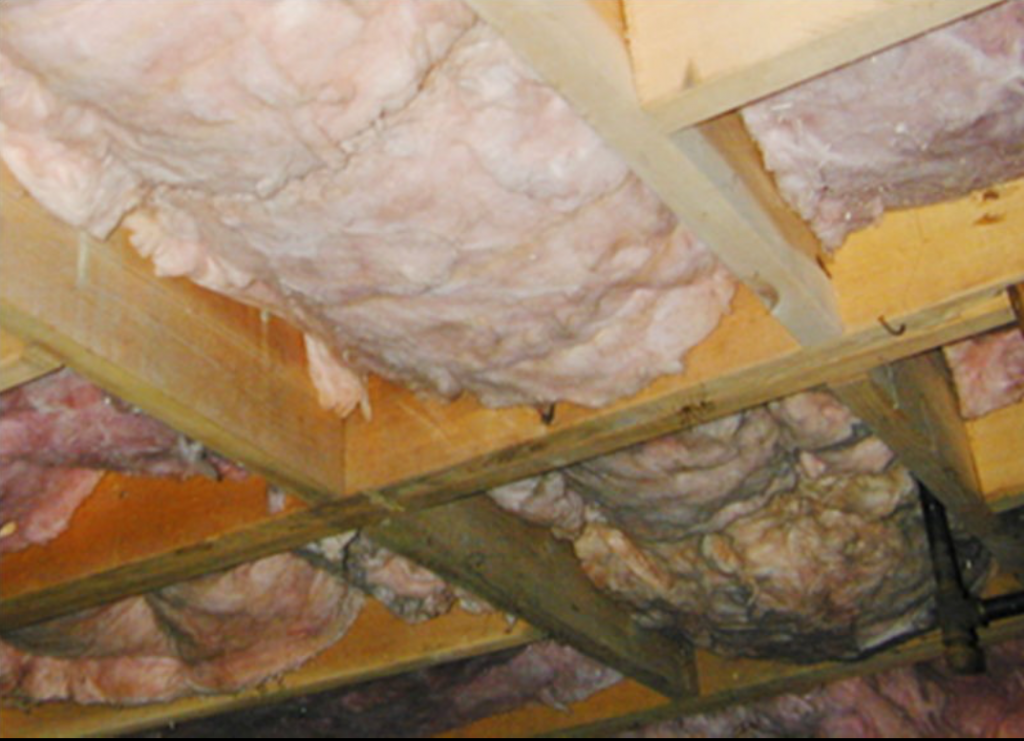
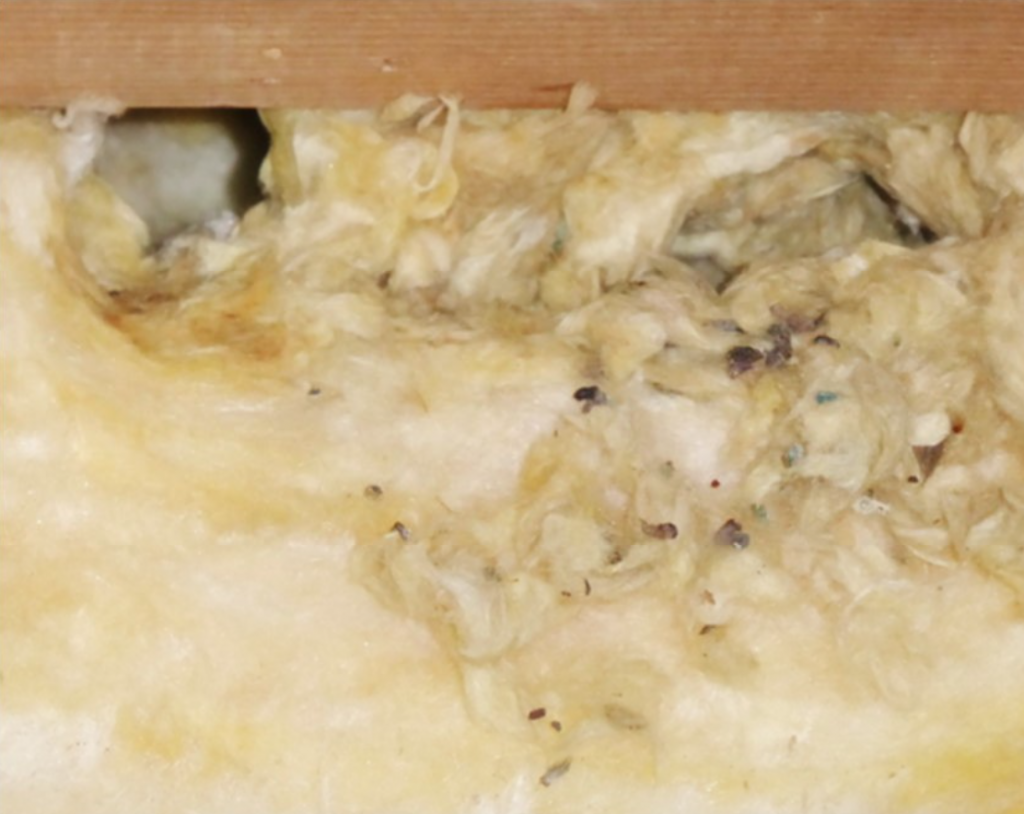
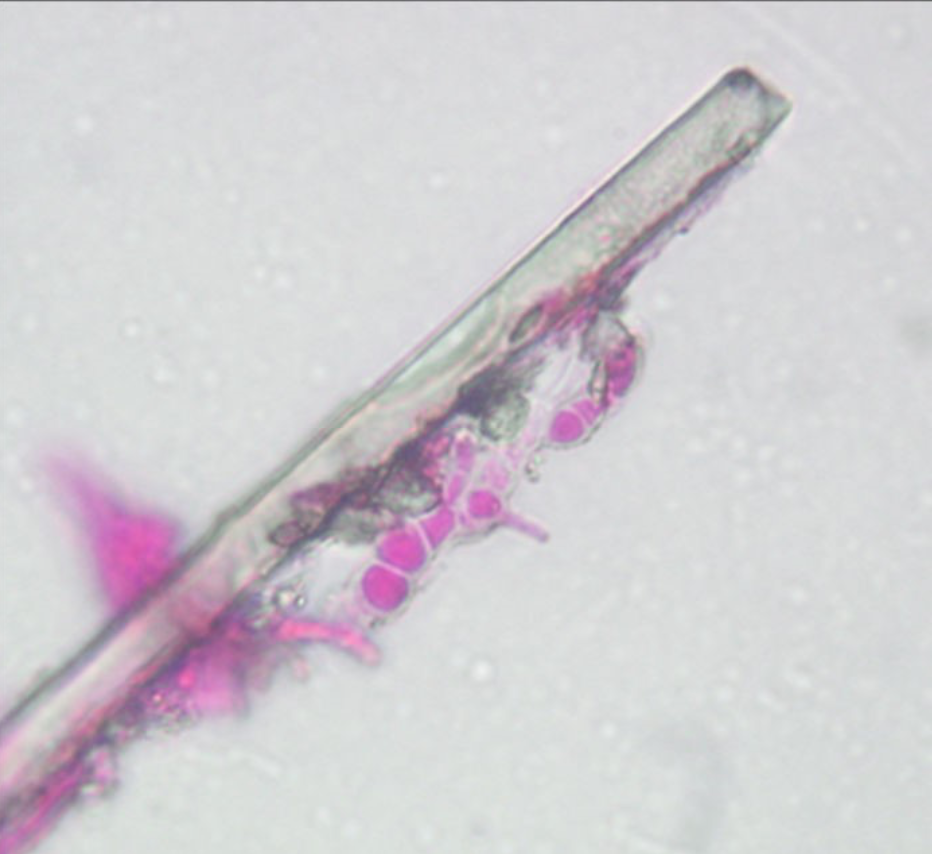
If you include mold sampling in your services, take the following precautions:
- Do not take air samples after you have been in a crawl space, basement or dirty garage (clothing can carry mold spores and other allergenic particulates).
- Wear clean clothes to your inspection. If you do more than one inspection/day, change your clothes between inspections; otherwise, mold spores and pet-dander particles from one property can be carried on your clothing to another property. Then your air sample may be contaminated by those allergens rather than allergens specific to the property you are currently inspecting.
- As an experiment, take two simultaneous samples in the same location. Send the samples to two different labs to see if you get the same results.
We produce a quarterly, complimentary newsletter for our Clients. The newsletter includes practical advice on improving the air quality where our Clients live and work. If your Clients e-mail me (jeff@mayindoorair.com), I will add them to the list of those who receive our newsletters.
Lastly, don’t accept lab test results as gospel. If you have questions about any test results, whether or not you did the testing, I’d be happy to review them with you.
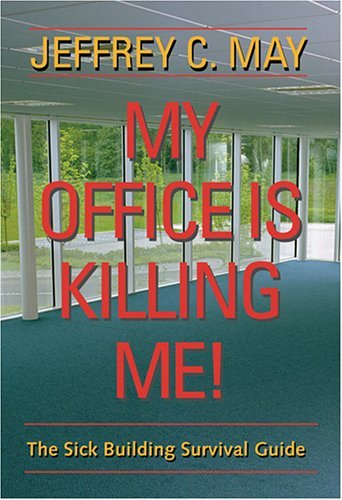
For those of you who inspect commercial and office buildings and spaces, this book may be helpful to you and your Clients. Available on amazon.com.
